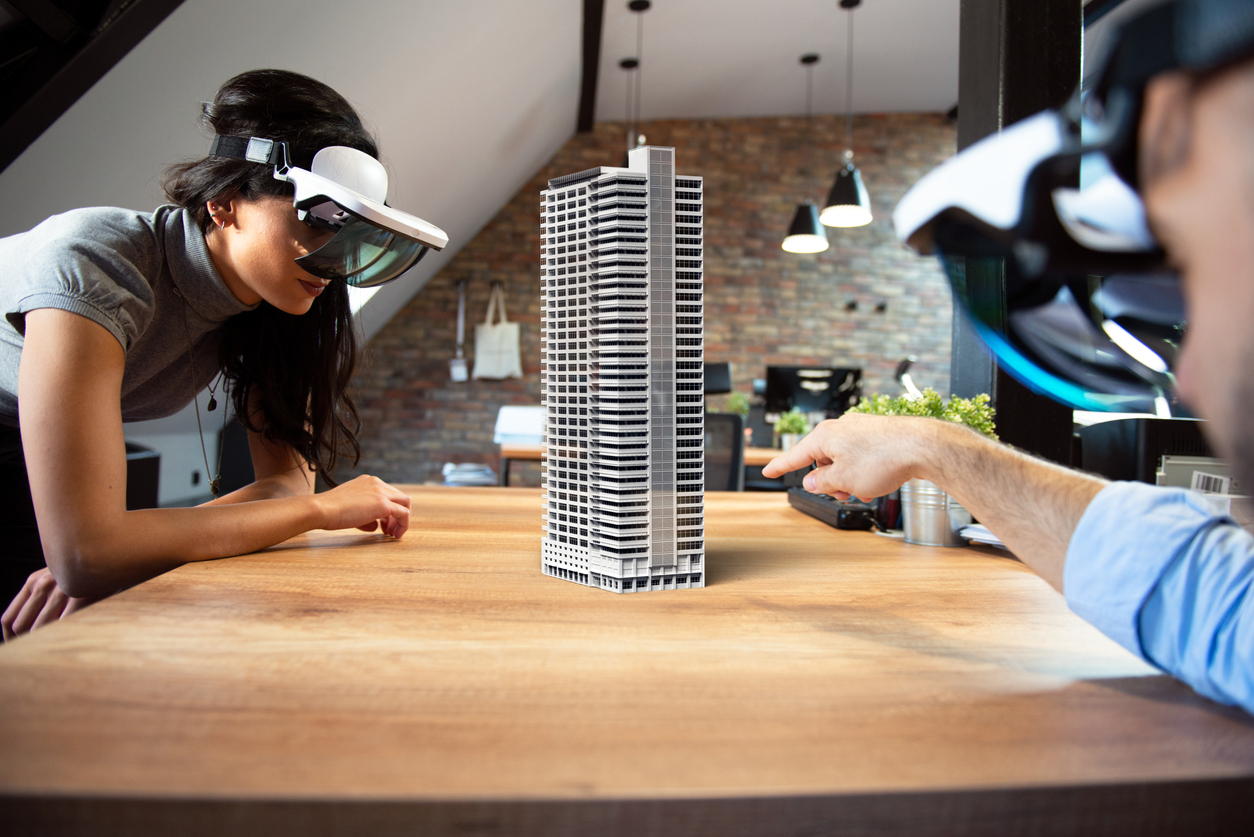AR/VR UX Design Training
Course Description: Explore the pragmatic realm of Virtual Reality (VR) and Augmented Reality (AR) usability techniques in this AR/VR UX Design Training. Develop hands-on skills in 3D Interaction Design to craft compelling experiences across diverse real-world scenarios.
Geared towards designers, developers, and content creators, this course delivers a straightforward method for designing engaging immersive content.
Storytelling for AR/VR Design
Storytelling skills are critical for UX design in 3D. This applies to all immersive media and audiences: AR, VR, and B2B / B2C. Immersive media offers an evolutionary shift building on our love of stories in traditional media (movies and books). Traditional storytelling exists in a third-person “UI”. You can’t see through your own eyes (unless that rare storyteller is so skilled they get you to imagine being there totally). Instead, according to research, immersive first-person storytelling changes how we experience information. Story activates the potential to change perspectives and our experience with the immersive content. Story is also how we activate our user’s imaginations which this spatial (3D) technology.
This training teaches you how to design using storytelling as your UI medium. The focus is on prototyping with storytelling or “story-prototyping” to maximize the potential of immersive technology and content and to give users a great experience. By great experience, we mean one worth their time, one they will tell friends about, and one that changes them for that moment or forever. One of the premises of this workshop is: if your metaverse content is going to be relevant, it has to be emotionally compelling and engaging.
Course Highlights
- Pragmatic Metaverse Insights: Discover pragmatic immersive experience design guidelines.
- Spatial Cognition Toolkit: Learn 3D interface skills for effective spatial cognition.
- Emotional Engagement: Forge compelling story arcs suitable for both VR and AR.
- Immersive Story Prototypes: Create prototypes fine-tuned for VR/AR experiences.
- Social VR Dynamics: Design inclusively, prioritize safety, and evoke emotion in Social VR environments.
Course Format: The course combines lectures, hands-on workshops, group discussions, and case study analyses. Participants will engage in practical exercises that simulate real-world scenarios. The course also incorporates interactive online resources and tools to facilitate remote collaboration.
Geared toward designers, developers, and content creators, this course delivers a straightforward method for designing engaging, immersive content.







